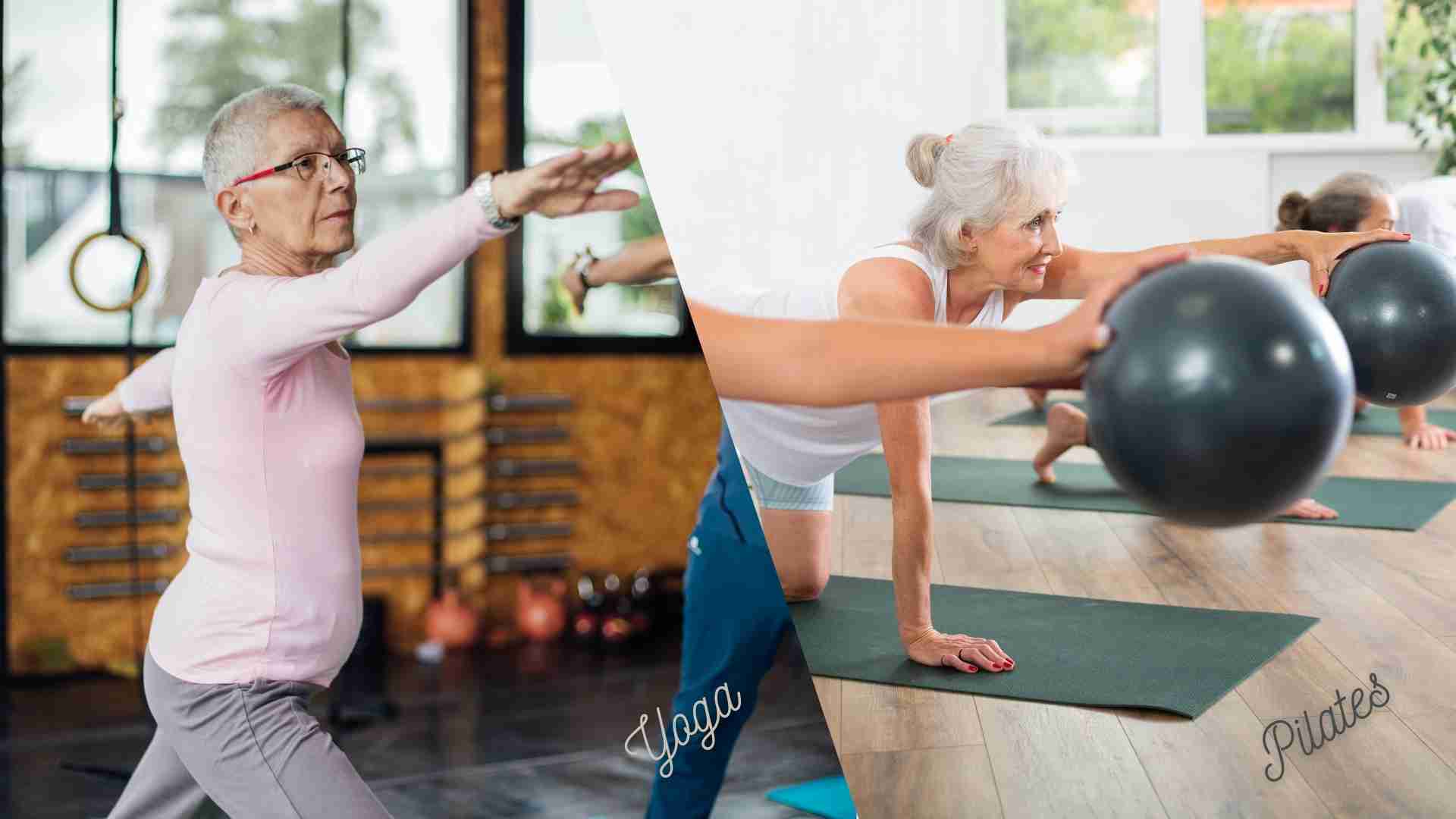
Ever wondered what the difference is between yoga and Pilates? While both are low-impact forms of exercise that can have fantastic physical benefits, they also boast their own distinguishing features. The question is: what are they, and which one is right for you?
The main difference between the two practices is that yoga often incorporates elements of spirituality, connecting the body, the breath, and the mind, while Pilates is considered a more conventional style of physical workout.
Take a look at our guide to yoga and Pilates, where we list everything you need to know about each one, including their amazing benefits. There’s no time like the present when it comes to making better choices for your body and mind. In the words of Pilates founder Joseph Pilates: “We can all change how we move, how we age, and how we feel.”
What is Yoga?
Yoga originated in ancient India as a form of movement designed to bring together the body, mind, and spirit. It involves physical poses, breathing techniques, and mindful elements, with a focus on both mental and physical health and wellbeing.
There are also different types of yoga, each with its own nuances and benefits. Hatha yoga, for example, is more slow-paced, while hot yoga is performed in a hot room to encourage sweating and to keep your muscles warm.
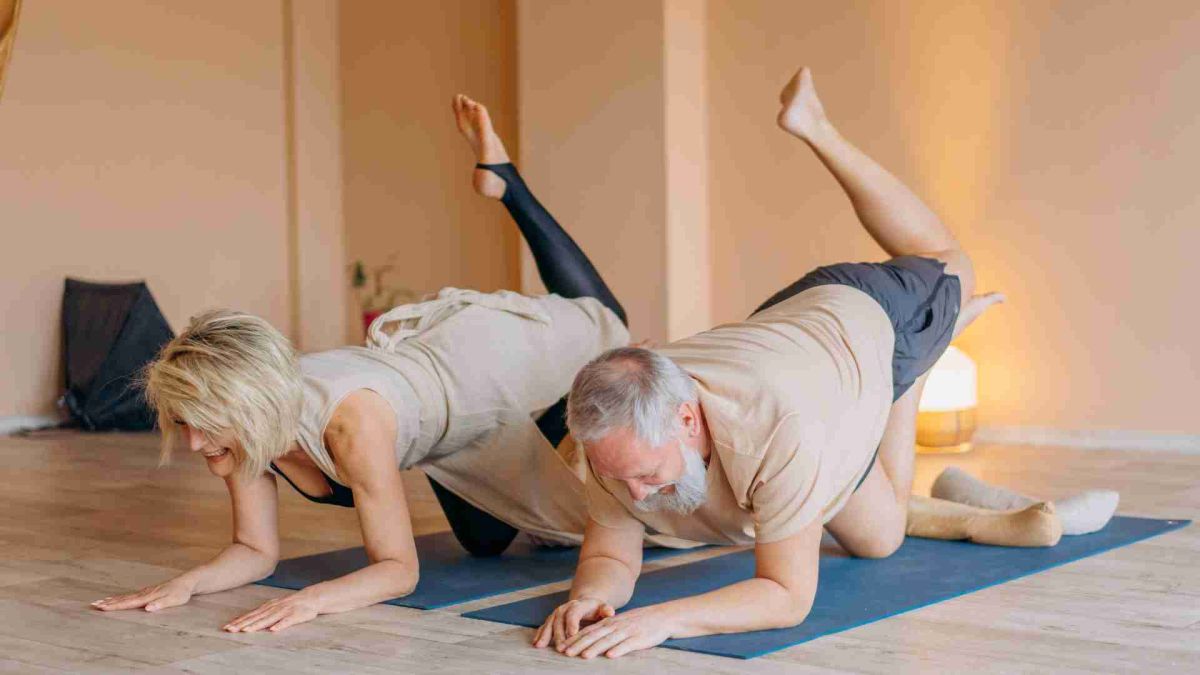
What is Pilates?
Pilates is a type of workout designed to strengthen the core and improve general strength, flexibility, and posture. Unlike yoga which focuses more on flexibility and holding static poses, Pilates revolves around total body strength and core stability to perform a series of different exercises, one after the other. It tends to move at a slightly faster pace than yoga and puts more emphasis on physically challenging the body.
Pilates is a much more recent phenomenon compared to yoga, invented by a man called Joseph Pilates in Germany in 1883 as a form of movement to help dancers, actors, and athletes.
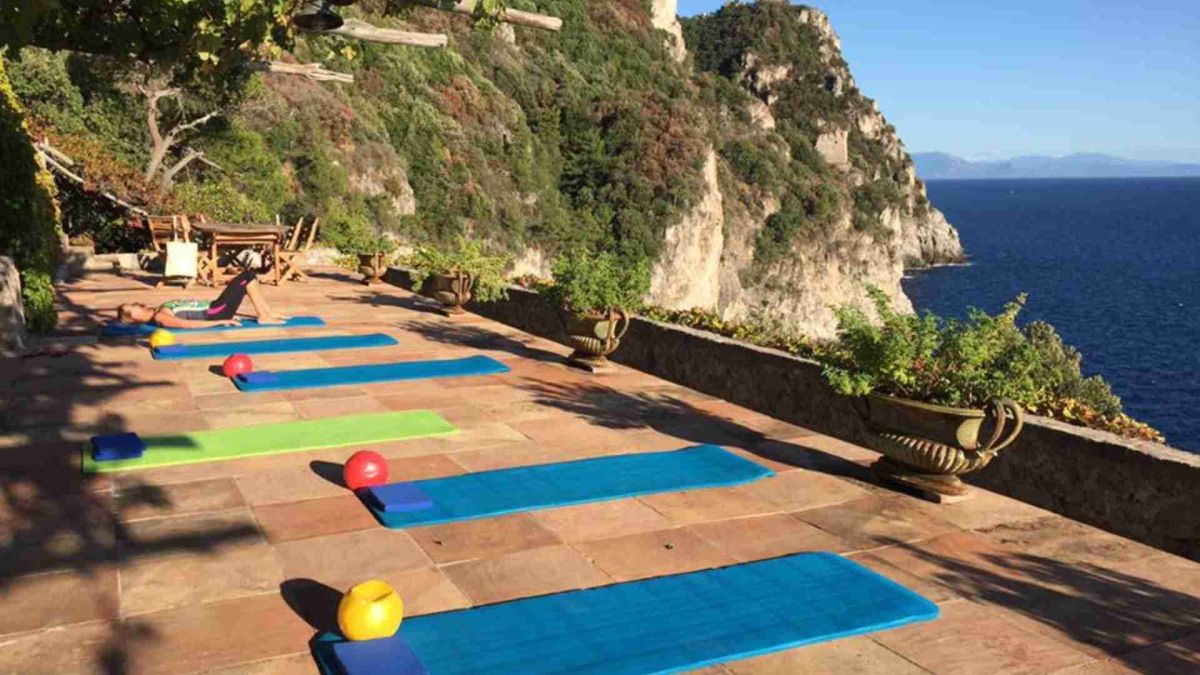
Pilates mat class
Which one should I choose?
Knowing which one is right for you depends on your goals. If you’re recovering from an injury, or are looking to develop your overall strength and stability, then Pilates might be the better choice. Both the workout itself and the benefits are more physical, especially if you’re looking to develop your strength in a safe and low-impact way.
Yoga, meanwhile, places greater focus on flexibility and is a great choice if you like the idea of incorporating a spiritual element into your day. It encourages mindfulness through breathing and learning how to be more present, and is just as much a workout for the mind as it is for the body.
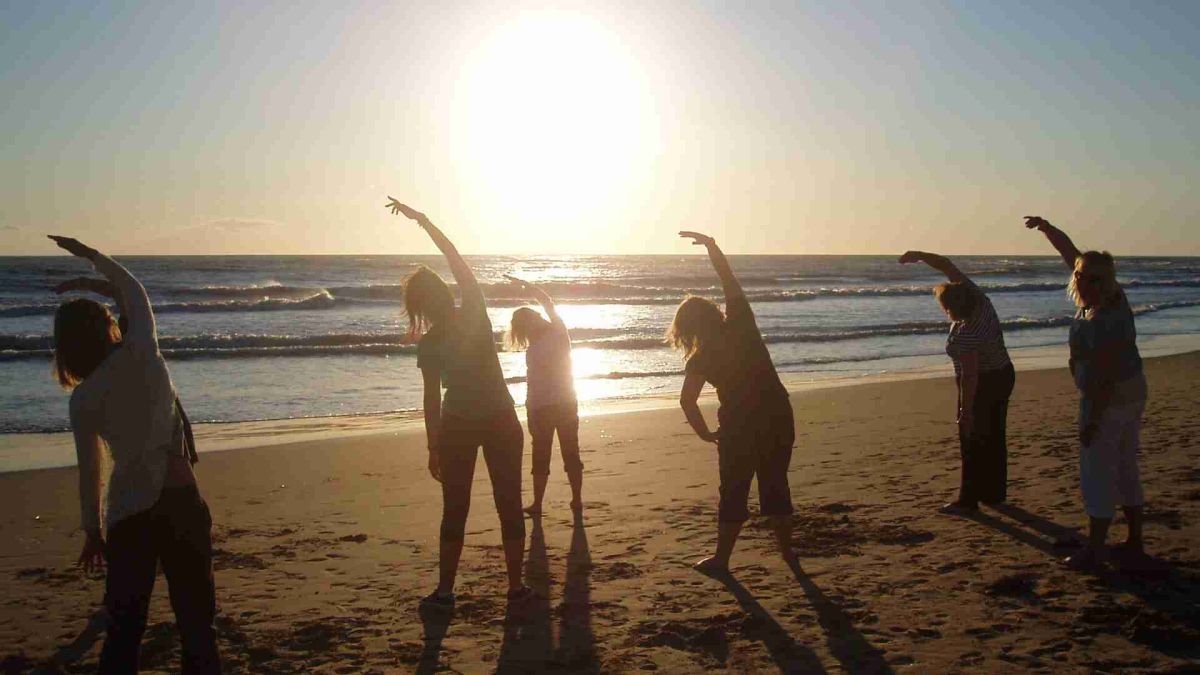
The benefits of yoga and Pilates
1. They’re a good introduction to movement and exercise
We all know exercise is good for us, but the hardest part is often getting started. Yoga and Pilates offer an accessible entry point into the world of movement and exercise. They’re low-impact, relatively slow, and are usually practiced as part of a class format so you don’t have to do it alone.
If you’re new to exercise and simply want to get used to moving your body in a new way, then you can’t go wrong with these two. Equally, if you’re prone to getting injured or are worried about other forms of exercise being too taxing (like running or weight training) then yoga and Pilates allow you to develop strength and mobility without putting too much strain on your body.
2. Everyone can do them!
Yoga and Pilates are for everyone, whether you’re a seasoned pro or completely new to the world of exercise. That’s because they’re based on using your body weight to get stronger and require very little extra kit. Everyone from beginners to athletes can, and do, partake in both activities. Fancy joining them?
3. They improve your flexibility
If tying your shoelaces, cutting your toenails, or bending down to pick something up from the floor is a chore, then you might want to consider taking up yoga or Pilates to help improve your flexibility.
Being mobile is an incredibly important indicator of health, especially as you get older, and one we can all too easily take for granted. Who wants to live to an old age when it’s hard to lift your arms above your head, or when walking down the stairs is a nightmare? Both practices incorporate lots of stretching and full-range-of-motion exercises to help encourage mobility.
4. They can help improve coordination
Good coordination is paramount in both yoga and Pilates. Some exercises may require you to stabilise your core by using opposite arms and legs, while others require you to focus on your breathing while you perform more challenging exercises. There’s a lot to think about, but the more you practice it, the better you’ll get!
5. They can help you relax
This all depends on what type of class you choose, but yoga and Pilates are typically slow forms of exercise that help you loosen up your body and focus on being present in the moment. With a heavy emphasis on stretching and precise and repetitive movement patterns, it’s really easy to relax in a class and pay close attention to your body.
Unlike a workout in a gym, which can be much more intense, yoga and Pilates classes tend to take place in a large, open space with either relaxing or no music, and minimal equipment. Finally, taking some quiet time out for yourself through weekly or daily yoga practice can help relieve stress, and keep you centred and energised.
They say that movement is therapy, and who are we to argue?
6. Regain strength post-injury and improve your mobility
Both yoga and Pilates can be used as a form of injury prevention, or even to help strengthen your muscles post-injury. Athletes might prefer to incorporate one into their routine when coming back to the sport after a break because they aren’t hugely stressful on the body and will help build back foundational strength again. Both yoga and Pilates teach you how to use your body as a whole, ensuring it functions as one unit and avoids muscle imbalances. If you want to improve your general fitness and well-being, then both systems will help enormously.
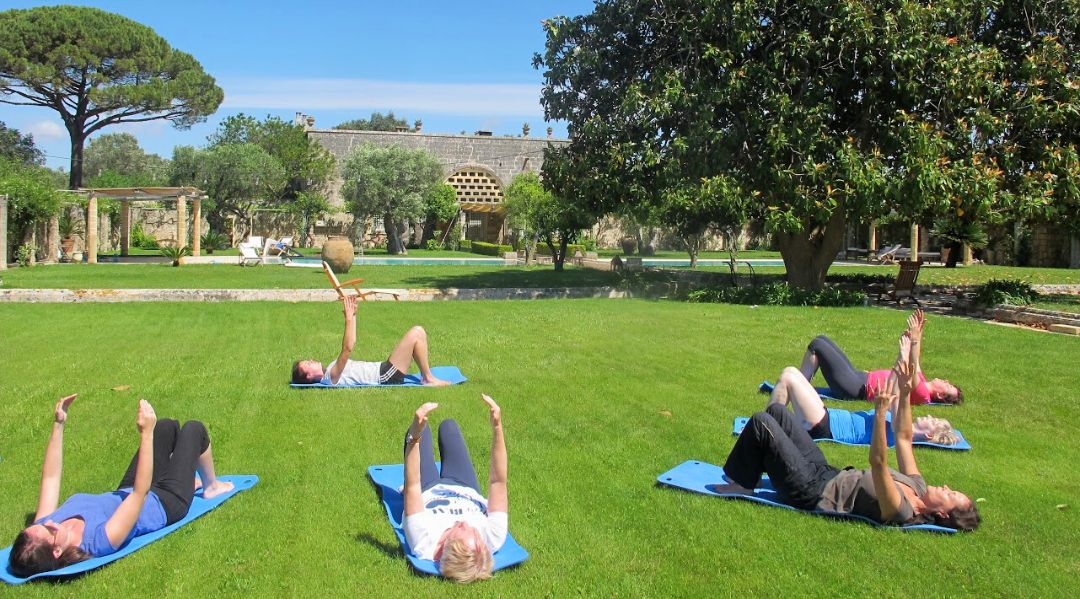
7. They help with your breathing
Breathing is a major element of both yoga and Pilates. This is slightly more explicit in yoga, which is all about ‘finding your breath’ and focusing on being present. You might hear this referred to as the ‘Yogic Breath’.
Although Pilates doesn’t specifically hone in on your breathing, by simply practicing regular exercise and raising your heartbeat a little, you’ll notice how profound the impact of breathing can be. Get it wrong, and you’ll find yourself unnecessarily out of breath!
8. They can be done anywhere
The beauty of yoga and Pilates is they can be practiced anywhere. Although they’re typically taught in class format, once you’ve learned the basics, all you need is a mat, a small amount of space, and a ‘can do’ attitude.
If you’re nervous about joining a class for the first time, then giving it a go on your own first could give you a major confidence boost. There are plenty of resources online to help you get started, such as video tutorials on YouTube and virtual classes. You might even want to think about hiring a personal teacher for an extra kick of motivation.
Have a look at our Pilates holidays
If you’re interested in the idea of practicing Pilates in a beautiful setting, then take a look at our dedicated Pilates holidays, where you can improve your technique in the sunshine next to a swimming pool. Our Pilates holidays are for all abilities, from complete beginners to seasoned experts.
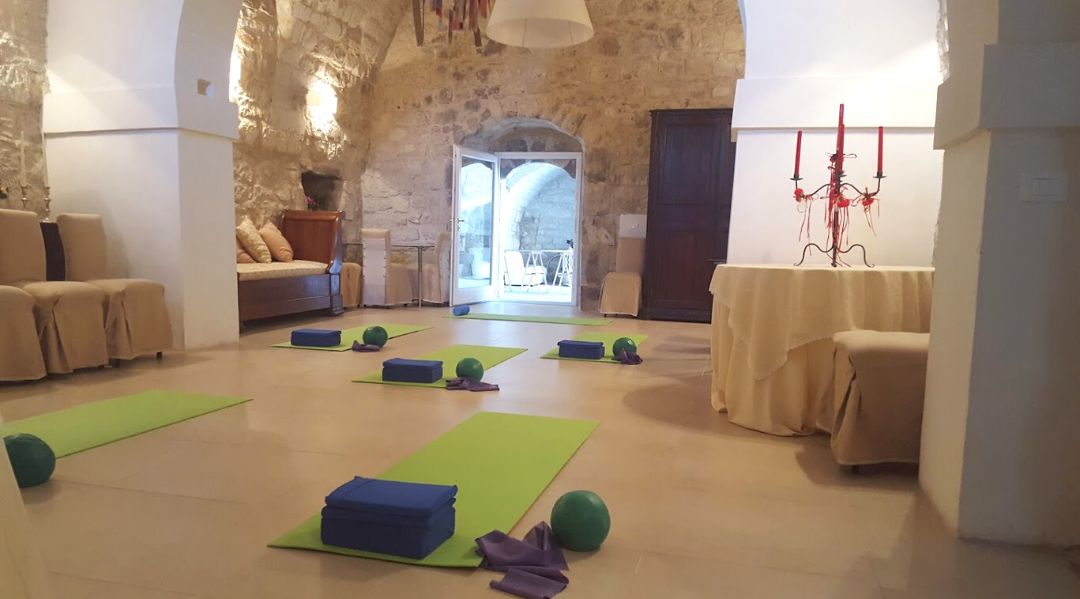
Not sure if a Pilates holiday is for you?
Buy and download one of our on-demand courses for a taster session you can do anytime, anywhere.
When it comes to defining which activity is ‘best’, it all depends on what your specific goals are. Whichever one you choose, the key thing is to remain consistent with your practice to improve and see results. Better strength, stability, and mobility are all key markers of a healthy lifestyle, and when we feel good in our bodies, we feel good in our minds.








Join the Discussion